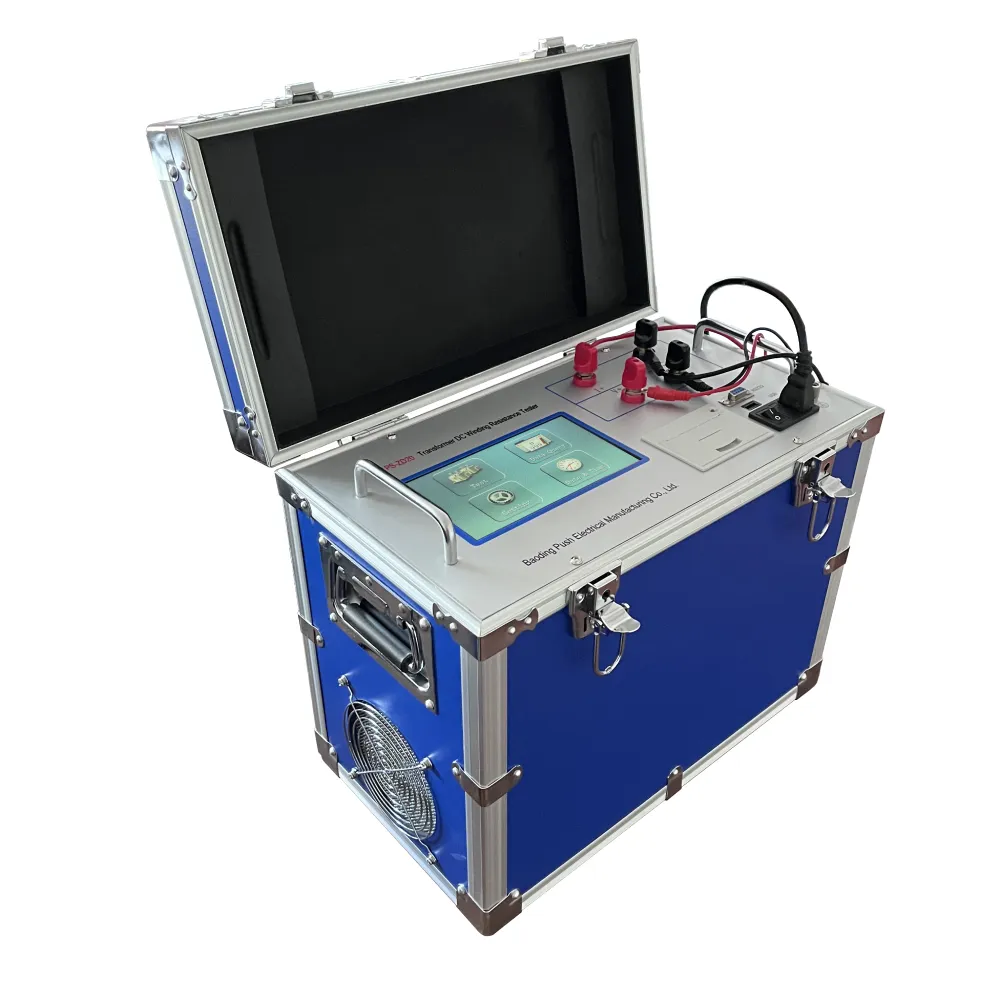 English
English



-
 Afrikaans
Afrikaans -
 Albanian
Albanian -
 Amharic
Amharic -
 Arabic
Arabic -
 Armenian
Armenian -
 Azerbaijani
Azerbaijani -
 Basque
Basque -
 Belarusian
Belarusian -
 Bengali
Bengali -
 Bosnian
Bosnian -
 Bulgarian
Bulgarian -
 Catalan
Catalan -
 Cebuano
Cebuano -
 China
China -
 China (Taiwan)
China (Taiwan) -
 Corsican
Corsican -
 Croatian
Croatian -
 Czech
Czech -
 Danish
Danish -
 Dutch
Dutch -
 English
English -
 Esperanto
Esperanto -
 Estonian
Estonian -
 Finnish
Finnish -
 French
French -
 Frisian
Frisian -
 Galician
Galician -
 Georgian
Georgian -
 German
German -
 Greek
Greek -
 Gujarati
Gujarati -
 Haitian Creole
Haitian Creole -
 hausa
hausa -
 hawaiian
hawaiian -
 Hebrew
Hebrew -
 Hindi
Hindi -
 Miao
Miao -
 Hungarian
Hungarian -
 Icelandic
Icelandic -
 igbo
igbo -
 Indonesian
Indonesian -
 irish
irish -
 Italian
Italian -
 Japanese
Japanese -
 Javanese
Javanese -
 Kannada
Kannada -
 kazakh
kazakh -
 Khmer
Khmer -
 Rwandese
Rwandese -
 Korean
Korean -
 Kurdish
Kurdish -
 Kyrgyz
Kyrgyz -
 Lao
Lao -
 Latin
Latin -
 Latvian
Latvian -
 Lithuanian
Lithuanian -
 Luxembourgish
Luxembourgish -
 Macedonian
Macedonian -
 Malgashi
Malgashi -
 Malay
Malay -
 Malayalam
Malayalam -
 Maltese
Maltese -
 Maori
Maori -
 Marathi
Marathi -
 Mongolian
Mongolian -
 Myanmar
Myanmar -
 Nepali
Nepali -
 Norwegian
Norwegian -
 Norwegian
Norwegian -
 Occitan
Occitan -
 Pashto
Pashto -
 Persian
Persian -
 Polish
Polish -
 Portuguese
Portuguese -
 Punjabi
Punjabi -
 Romanian
Romanian -
 Russian
Russian -
 Samoan
Samoan -
 Scottish Gaelic
Scottish Gaelic -
 Serbian
Serbian -
 Sesotho
Sesotho -
 Shona
Shona -
 Sindhi
Sindhi -
 Sinhala
Sinhala -
 Slovak
Slovak -
 Slovenian
Slovenian -
 Somali
Somali -
 Spanish
Spanish -
 Sundanese
Sundanese -
 Swahili
Swahili -
 Swedish
Swedish -
 Tagalog
Tagalog -
 Tajik
Tajik -
 Tamil
Tamil -
 Tatar
Tatar -
 Telugu
Telugu -
 Thai
Thai -
 Turkish
Turkish -
 Turkmen
Turkmen -
 Ukrainian
Ukrainian -
 Urdu
Urdu -
 Uighur
Uighur -
 Uzbek
Uzbek -
 Vietnamese
Vietnamese -
 Welsh
Welsh -
 Bantu
Bantu -
 Yiddish
Yiddish -
 Yoruba
Yoruba -
 Zulu
Zulu
Advanced Gas Chromatography and Mass Spectrometry Equipment for Enhanced Analyte Detection
Gas Chromatography-Mass Spectrometry Equipment An Overview
Gas chromatography-mass spectrometry (GC-MS) is a powerful analytical technique widely used in various fields, including environmental monitoring, forensic analysis, pharmaceuticals, and food safety. This hybrid technique combines the features of gas chromatography and mass spectrometry to identify and quantify chemical compounds within a sample. Understanding the equipment involved is crucial for effective application and analysis.
At the heart of GC-MS is the gas chromatograph, which separates volatile compounds in a mixture. The process begins with sample preparation, often involving the extraction and concentration of target analytes. Once prepared, the sample is injected into the chromatograph's injection port, where it is vaporized and carried through a column by a flow of inert gas, typically helium or nitrogen. The column's interior is coated with a stationary phase that facilitates the separation of different components based on their volatility and interaction with the stationary phase. As the sample moves through the column, various compounds elute at different times, known as retention times, allowing for their separation.
Once the compounds exit the gas chromatograph, they are directed into the mass spectrometer. This component further analyzes the separated compounds by determining their mass-to-charge ratios. The mass spectrometer typically consists of an ion source, a mass analyzer, and a detector. In the ion source, the vaporized compounds are ionized, often through electron impact or chemical ionization. This process generates charged particles, which are then accelerated into the mass analyzer.
The mass analyzer separates the ions based on their mass-to-charge ratios, allowing for the identification of different molecules. Common mass analyzers include quadrupole, time-of-flight (TOF), and ion trap systems. The selected ions are detected and quantified, producing a mass spectrum, which is essentially a fingerprint of the compounds present in the sample.
gas chromatography mass spectrometry equipment

One of the key advantages of GC-MS is its high sensitivity and specificity, making it capable of detecting trace amounts of substances. This is particularly beneficial in fields like environmental analysis, where pollutants may be present at very low concentrations. Furthermore, the combination of both techniques allows for the qualitative and quantitative analysis of complex mixtures, providing comprehensive information about the sample.
However, the equipment also comes with challenges and limitations. For instance, the analysis of non-volatile or thermally unstable compounds can be problematic since such substances cannot readily be vaporized for GC analysis. Additionally, the need for professional expertise in operating the equipment and interpreting the results can pose barriers to some laboratories.
In recent years, advancements have been made to enhance GC-MS technology, such as the development of more effective columns, improvements in ionization techniques, and software for better data analysis. These innovations are paving the way for more accessible and efficient use of GC-MS in various industries.
In conclusion, gas chromatography-mass spectrometry equipment plays a crucial role in modern analytical chemistry. Its ability to separate, identify, and quantify complex mixtures makes it indispensable in multiple applications. As technology continues to advance, the potential for GC-MS to provide even deeper insights into chemical analyses is promising, advancing the frontiers of scientific research and application.
-
Using Distillation Range Testers in the Food and Beverage IndustryNewsApr.16,2025
-
The Impact of IoT on Distillation Range Tester PerformanceNewsApr.16,2025
-
The Best Distillation Range Testers for Extreme ConditionsNewsApr.16,2025
-
How Distillation Range Testers Save Time and MoneyNewsApr.16,2025
-
Distillation Devices for Advanced Separation TechniquesNewsApr.16,2025
-
Common Mistakes to Avoid When Using a Distillation Range TesterNewsApr.16,2025



